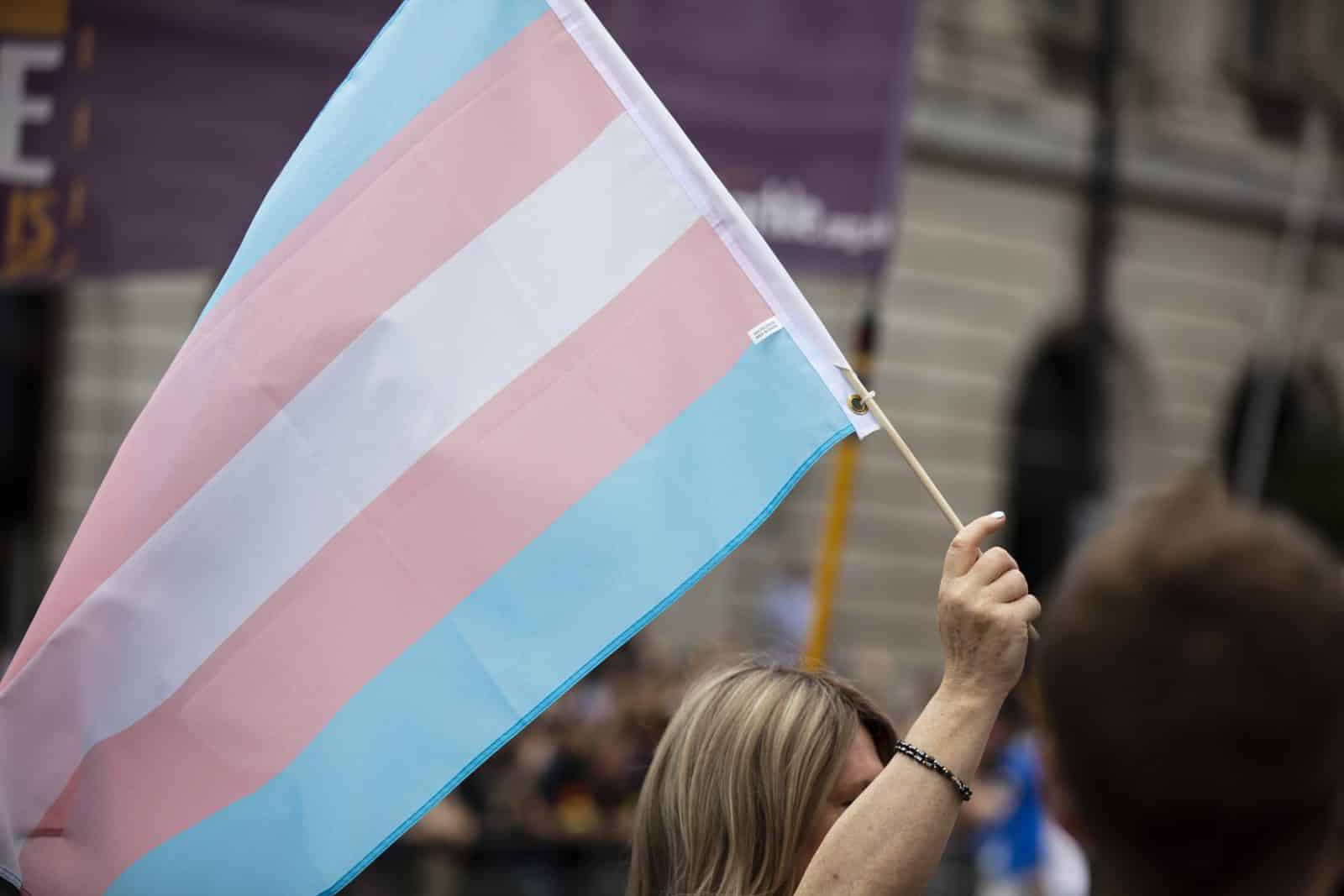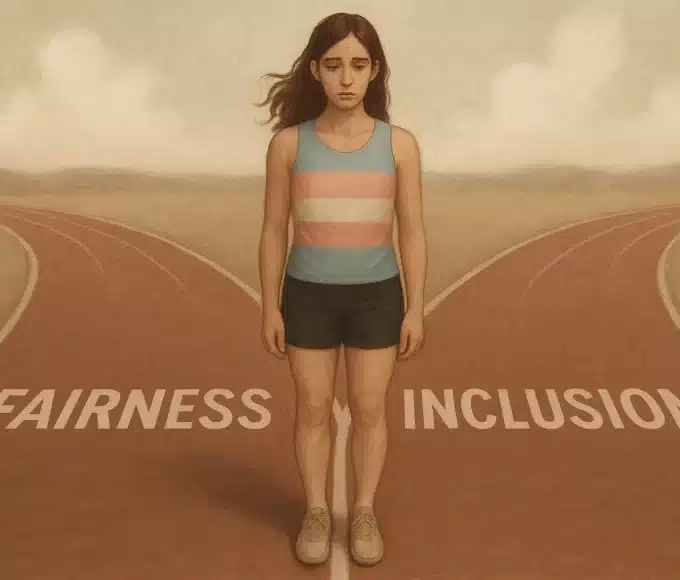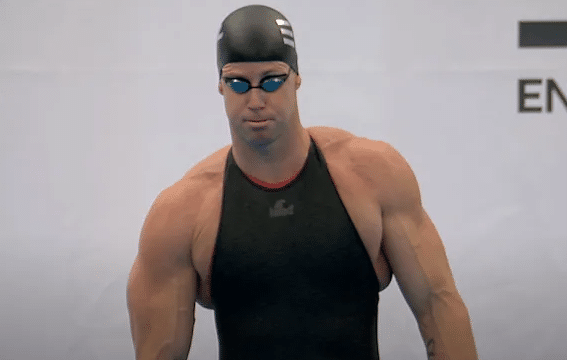The inclusion of transgender athletes in sports is one of the most debated topics in today’s sporting world. This issue, often tangled in political narratives and misunderstandings, is about finding the balance between fairness and inclusion.
It’s not just about rules and regulations—it’s about empathy, science, and creating a space where everyone can compete. Let’s break it down.
Understanding the Biological Debate
Trans Men in Men’s Sports
Trans men (individuals transitioning from female to male) face unique hurdles in sports. Biologically, they often lack the muscle mass, bone density, and cardiovascular benefits associated with male puberty. Research suggests that even after transitioning, testosterone therapy doesn’t fully close the performance gap compared to cisgender men.
As a result, trans men typically compete with some level of disadvantage, though hormone treatments can gradually enhance performance.
Trans Women in Women’s Sports
For trans women (those transitioning from male to female), the debate gets more complex. If transitioning occurs after male puberty, physical attributes like larger bone structure, greater lung capacity, and higher muscle mass might remain.
According to a study in The British Journal of Sports Medicine, while hormone therapy reduces some of these advantages, certain physiological benefits may persist, fueling discussions about fairness in competition.
What Sports Organizations Are Saying
The Olympic Guidelines
The International Olympic Committee (IOC) has taken a progressive approach, allowing trans women to compete if their testosterone levels stay below 10 nmol/L for at least 12 months prior to competition. Critics, however, argue this threshold remains higher than the typical range for cisgender women, sparking questions about fairness.
Stricter Rules in Other Bodies
World Athletics has set a stricter limit of 5 nmol/L for testosterone levels in transgender women. Still, there’s no universal agreement, leaving policies fragmented and athletes caught in the middle.
Do All Advantages Matter?
The debate over transgender athletes often focuses on physical advantages, but all elite athletes have unique traits. For example, Michael Phelps, celebrated for his swimming prowess, benefits from genetic gifts like long arms and superior lactic acid processing. These natural advantages are praised, yet some argue that similar benefits in transgender athletes are unfairly scrutinized.
The Role of Politics
In the U.S., the discussion around transgender athletes is heavily politicized. Progressive groups emphasize inclusion and equal opportunity but sometimes overlook nuanced fairness concerns.
Conservative voices focus on protecting women’s sports but often rely on fear-driven rhetoric. The result? A polarized debate that sidelines scientific and empathetic solutions.
A Balanced Path Forward
How can we ensure fairness without excluding transgender athletes? One possible solution is creating competition tiers based on physiological metrics like hormone levels or muscle mass rather than binary gender categories.
Such a system could help balance fairness with inclusion. Additionally, more long-term studies are needed to understand the impact of transition therapies on athletic performance fully.
Inclusion Over Politics
At its heart, this debate isn’t just about medals or records—it’s about building a society where everyone, including transgender athletes, has the chance to participate. By focusing on science, fairness, and empathy, we can reduce the noise and create inclusive spaces in sports.
Because sports aren’t just about winning; they’re about belonging, competing, and celebrating our shared humanity.
Recommended – Is the Olympics Biased Toward Western Countries?














